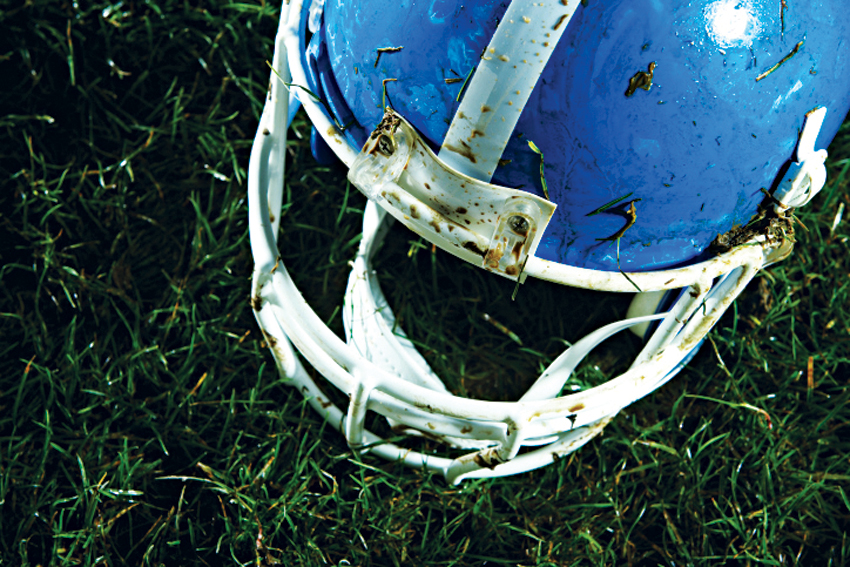Mind Games: Youth Concussions Are On the Rise

Photo via Thinkstock
Encouraging kids to join athletic teams once seemed like a forgone conclusion. But following former Patriots linebacker Junior Seau’s suicide and the NFL Player’s Association $100 million grant to Harvard and its affiliated hospitals to study repeated brain trauma and other chronic injuries in former NFL players, many parents are now raising concerns over the risks for young athletes.
Several Boston-based clinics devoted to treating and studying brain trauma in kids have been flooded with calls from nervous parents, particularly during the fall months, at the height of football, hockey, and women’s soccer seasons. (Lacrosse and cheerleading also have higher-than-average rates of concussion.)
“Some of the concern is justified, but some of it is really unfortunate,” says Michael O’Brien, a doctor in the sports medicine department at Boston Children’s Hospital. “I say that because there is a lot of anguish even when it is a simple concussion and the profile for their son or daughter being at risk for CTE [chronic traumatic encephalopathy] really isn’t there.”
Richard Ginsburg, the director of psychological services at the Sports Concussion Clinic at Massachusetts General Hospital, adds that we are still in the early days of research. “We are hoping that the studies we do will inform not only the treatment of NFL football players, but the entire public,” he says.
Today, one of the biggest obstacles is that CTE can only be studied postmortem. “There’s not a reliable blood test or imaging study,” O’Brien says. Some exciting developments are on the horizon, though. “As imaging gets better, our hope is we can identify things like CTE before postmortem exam. Obviously, that’s one of the big goals.”
Correction – In an earlier version of this story we reported that Harvard and its affiliated hospitals had received a $100 million grant from the NFL. The grant was from the NFL Players Association. We regret the error.


